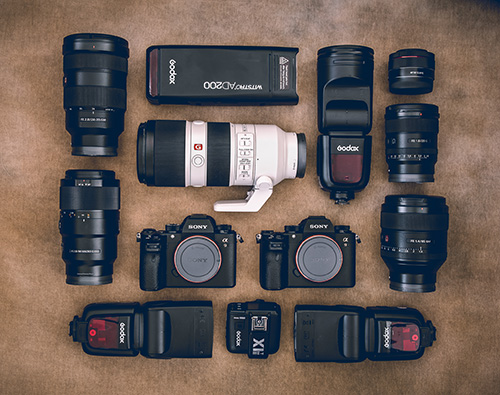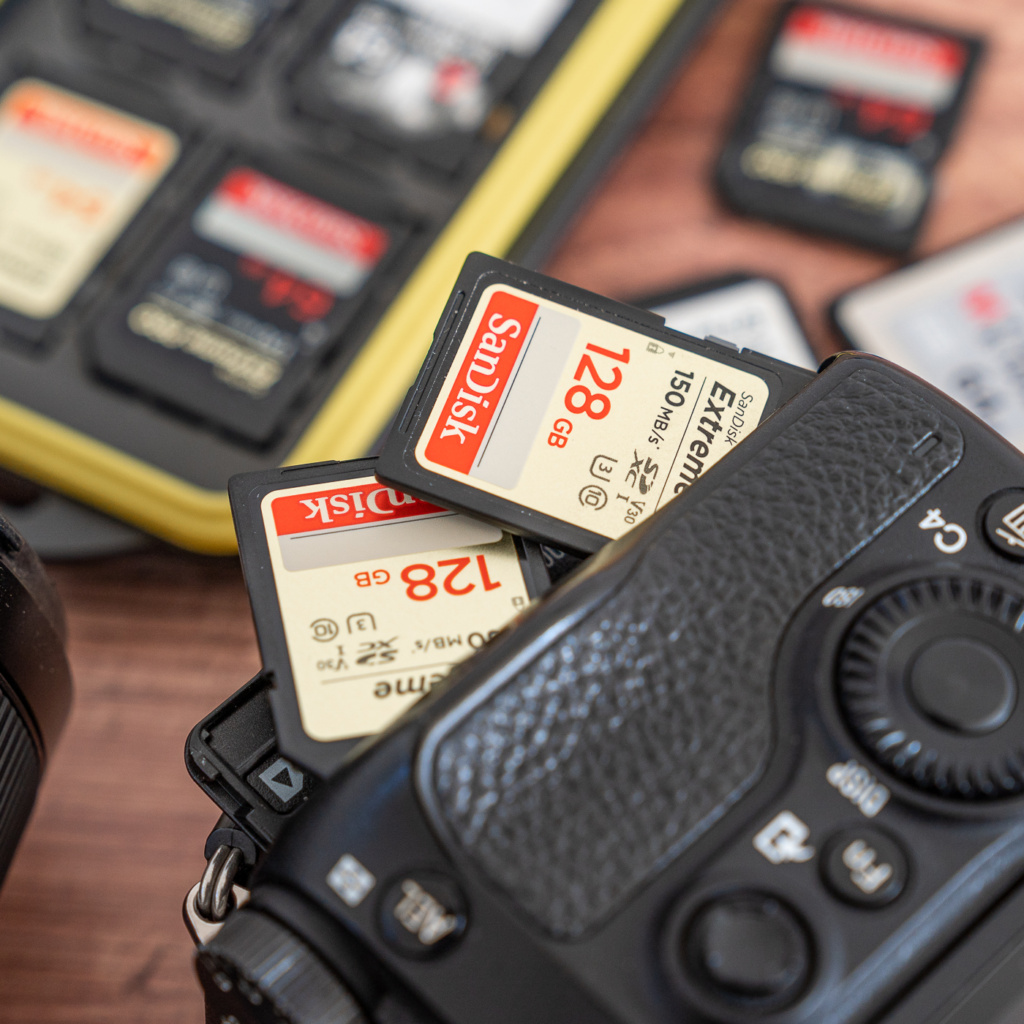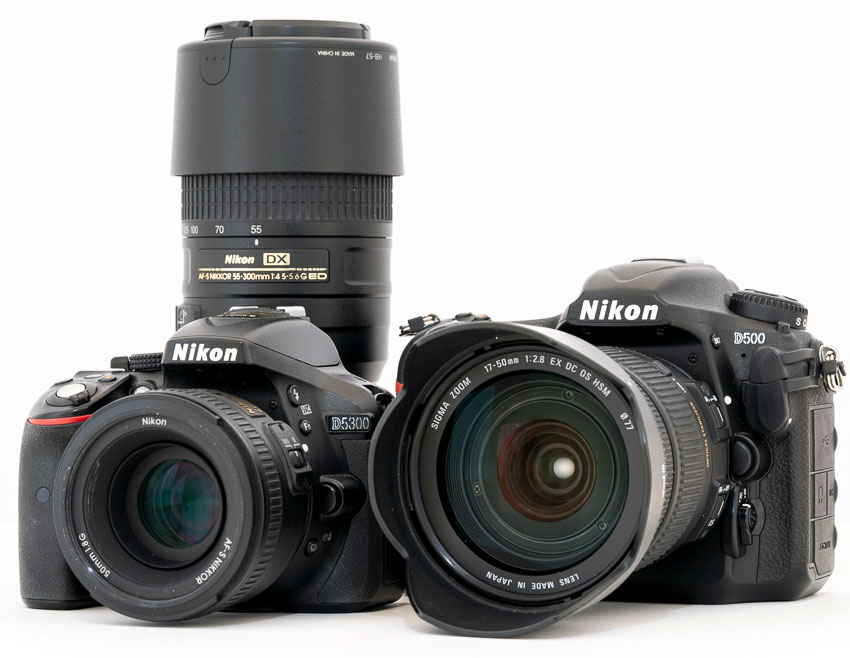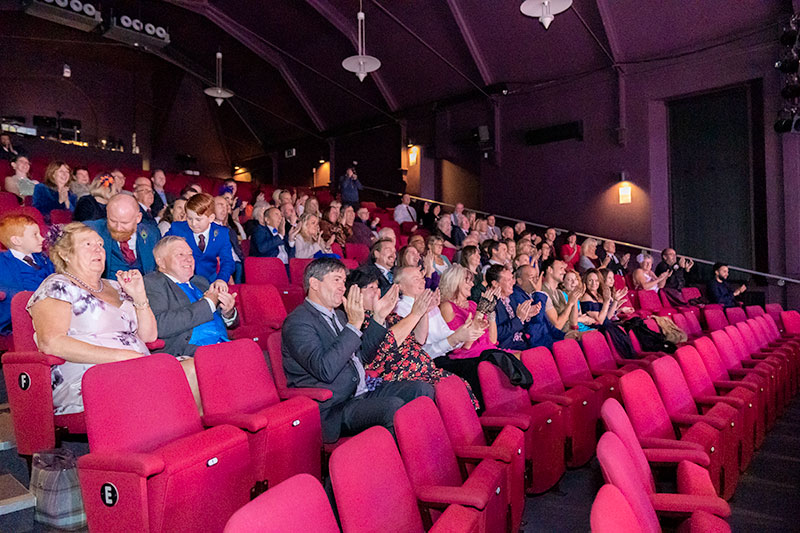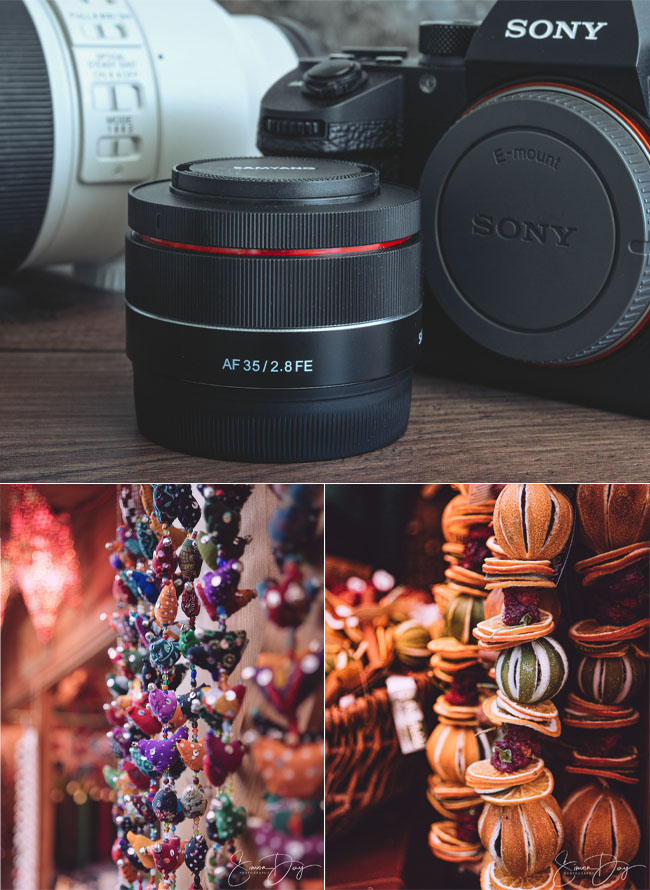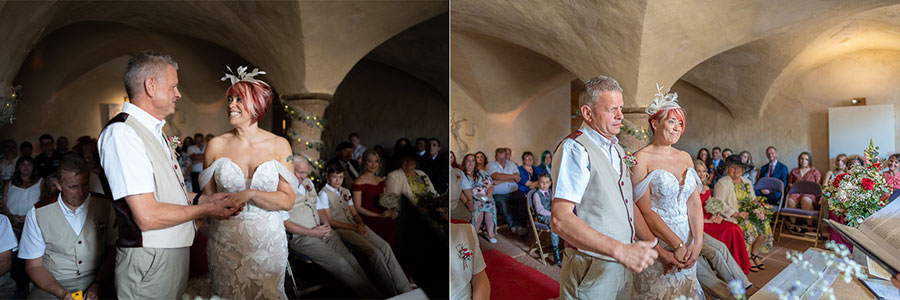I see a lot of posts saying they want to be a wedding photographer but they have a small budget, then replies from the pros saying how you need to spend several thousand on new gear. Let’s look at how a smaller budget will affect you and what limitations you’ll need to overcome.
When you have a limited budget and you want to get into wedding photography, you have to do a lot more research because your decisions will affect how well your camera can cope with different types of venues.
Planning
This needs to be the most important part before we even look at budgets. Knowing the limitations of your gear is all well and good, but if you don’t know the venue, you won’t know if those limitations will be okay or whether they will stop you from producing the photos you need to get.
Go to the Venue!
If you have a request for a place you haven’t been to before, you MUST go and make sure your budget gear will be able to cope with the lighting and environment. If the wedding includes any part which is after dark, make sure you test your gear after dark.
TLDR:
Can you photograph a wedding on an entry-level Camera?
Although a level entry camera may be capable of capturing photographs at a wedding, the technology inside may make the process more challenging. Level-entry cameras typically have more limited features and capabilities compared to higher-end cameras, which can result in difficulty in capturing high-quality images in challenging lighting conditions and fast-paced environments.
For example, level entry cameras may struggle with low-light settings or have slower autofocus systems, making it more difficult to capture sharp and well-exposed images. Additionally, the limited dials and manual control options on level-entry cameras can limit a photographer’s ability to adjust settings to accommodate specific lighting or creative needs. What this means is that if you have to go into the menu or function menu, instead of a dial, to change something like the ISO, by the time you do this, the moment may have passed.
Therefore, while a level entry camera may be suitable for casual photography, the technology inside may make it challenging to achieve professional results at a wedding where capturing high-quality images is crucial.
Only one card slot?
It is risky to only have a single card slot. I’ve had a card fail at two weddings. If I hadn’t had dual cards, I would have been screwed. Does this mean you must have it? Well, no, but it should be one of the highest priorities in your planning and budget.
TIP: You can limit the risk by buying a lot of smaller-sized SD cards and changing cards every half hour, or hour or so. Should the worst happen, you’ll only lose a part of the day and not the whole day. For the important parts like a ceremony, I’d recommend switching halfway through, just in case!
Level entry cameras still have good picture quality, so why shouldn’t I start with one?
Now I started off level-entry (see photo below for my equipment), but level-entry cameras have two main issues to consider: Focusing and ISO.
The focus on level entry cameras is clunky and can be hit or miss. You can take 5 photos of the same person, without moving, and the focus will be on the nose on one, the shoulder on another, the head on another, and the chest on another. Focusing can be inconsistent. Not as much of a problem if you’re shooting at f6.3, but wide open at f1.8 or f2.8, it starts to show in the photos that the focus wasn’t spot on.
ISO is going to be your biggest nemesis! ISO is the camera trying to light a dark scene for you. The more it has to light the scene, the more noise and grain will be in the photo. Now I love a bit of grain but this goes beyond that. All cheap cameras (I classify cheap as a camera under £800) have very poor ISO capabilities. On my old cameras (Nikon D500 and D5300) I would try to never shoot over 1,600 ISO because the noise and grain got too bad. That meant that there were venues where I simply couldn’t get enough light in to properly expose the scene.
With my Sony Full-Frame cameras, I routinely shoot at 12,800 in dark venues and I’ve gone to 40,000 ISO in near pitch-black venues. 12,800 ISO on my Sony is very similar to the noise and grain I’d get on my old D500 at 1,600 ISO. I was very nervous at weddings with low light. Now, I have zero fears.
You need to be sure the venue will be well-lit. For outdoor ceremonies, you should be fine but in churches and dark venues, you must test your gear well before the wedding day. You could always hire if your gear isn’t up to it.
Realistically, what’s the cheapest budget?
If you don’t go with Mirrorless, you have a few decent choices with DSLR’s.
The Nikon D750, EOS 6D Mk II or the Nikon D810 are all good choices and are all around the same £1,000-£1,200 price range. If you aim for a 24-70mm f2.8 as the first lens you’ll be able to cover most weddings.
If your budget is less, then you’re pretty much at level entry and they are all about the same. Look at getting the 50mm f1.8 (Called the nifty fifty). It’s a rare exception when the quality is fantastic but at a very low cost. I used one for weddings in low-light venues and it did a pretty decent job, only let down by the focusing and ISO issues of the cameras.
I had crop sensors when I started so I had to be selective as to which venues I would shoot at. When I moved into full-frame I could shoot pretty much anywhere.
Which Brand should I use?
If you have a strong budget, it really doesn’t matter. If you have a tighter budget, but can get into the Mirrorless World, go with Sony.
I say Sony ONLY because of the third-party lens choices. All modern mirrorless cameras are on par with each other, but only Sony has the most third-party options and cheaper Lens choices.
With Mirrorless, ALL lenses are pretty amazing. The difference between the sharpness of a prime lens and zoom lens is almost impossible to tell. Even the cheapest, tiniest, and most plastic lens on the market was still producing sharp photos and nice bokeh…
Best budget Mirrorless set-up for 2023?
Get the Sony A7iii or the Sony A7IV. If you pair that with the Tamron 35-150mm f2-2.8, you have an absolute beast to start off with for wedding photography. Grab a cheap wider lens, like the Tamron 17-28mm f2.8 and you’re set for most situations.
What do I need to learn?
Not only do you have to be a ‘Jack of all trades’, but your camera equipment also has to be.
You need to know how to shoot people and groups, how to pose them, how to make them smile, and how to capture those unique moments. You need to know what to say to the Bride and Groom before the ceremony to make sure every shot looks amazing. You need to know how to shoot in the midday sun, dusk, indoors, outdoors, how to white-balance a room that has orange overhead heaters, LED’s and tungsten lights all wanting to join together to destroy your white-balance.
I’ve shot in the basement of an 800-year-old Abbey, where I had 3 small arrow slits for natural light, a couple of low power LED’s and nothing else. I couldn’t see the guests at the back and I could raise my arm and touch the ceiling. Not only did I need to know how to light that, but my cameras also had to be able to cope with an incredibly challenging room.
How I started in wedding photography
I knew I wanted to be a wedding photographer but I took my time.
For the first year I pushed my knowledge, shooting in every kind of difficult lighting situation I could. I stayed in manual which forced me to learn as much as I could.
For the second year, I turned up at all local public events and photographed people, bands, whatever, and whoever. I signed up with model sites like PurplePort and asked for models on a TFP (Trade for Photos) basis. I did some parties, and some Theatre work, and pushed my work with indoor lighting to the max.
For the third year started second-shooting as a wedding photographer. During those two years I picked up two Sony full-frame mirrorless cameras. I also got the 24-70mm f2.8, the 70-200mm f2.8, and the 85mm f.14. If I had to do it again and on a budget, the Tamron 35-150 F2 to f2.8 would be my first lens choice now.
I underestimated how difficult the lighting would be for Weddings and how much input I’d need to give to guests and wedding party to get the best shots.
If you want to solo shoot weddings, you really need two cameras (both with dual card slots). The cameras need to be able to cope with everything a wedding throws at you. If you can’t afford two, I urge you to second shoot only until you have the equipment to prevent any catastrophe from affecting your ability to deliver the wedding photos.
What will you choose for your wedding photography equipment?
Leave me a comment on Facebook or Instagram and let me know what you chose to start out.

